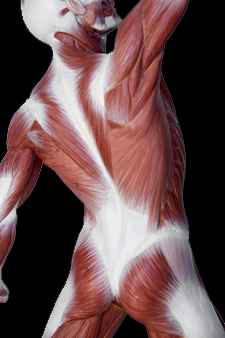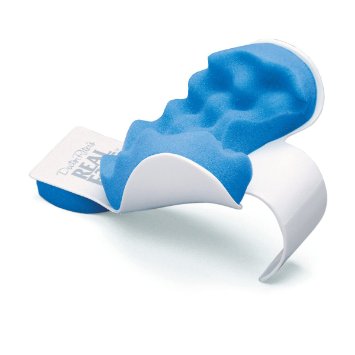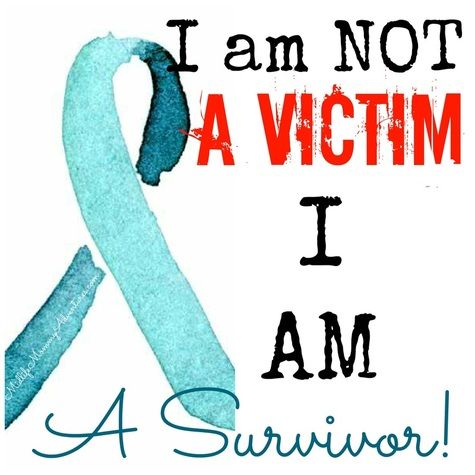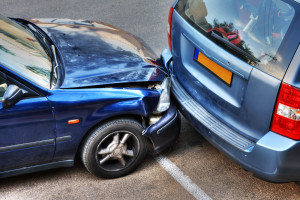The percentage of drugs that children take for ADHD has gone up dramatically.
I have no judgement about this. Physicians are doing what they can to help children who feel inattentive, high energy and are having a difficult time integrating into mainstream daily life. Medications can help. Maybe there are some more integrative treatments as well.
ADHD can be challenging. On top of the child’s own inherent challenges, they often can face rejection by other children, teachers and their community as well.
So what else can be done to help our children?
How about trying a more natural approach that will support the best qualities of your child to shine ?
Craniosacral Therapy has been able to help lots of kids with ADHD to calm down and feel more centered. Personally, there is nothing better than having a child get up off the table and give me a big hug because they finally have a sense of peace and balance. If we can encourage the child to lay down and receive the work, the Central Nervous System often will feel some huge shifts. By working with the brain, spine, and surrounding tissues, we can assist the cerebrospinal fluid to function optionally, allowing the CNS to do its work more efficiently.
When one’s mind is busy, one of the best experiences can be to relax and feel quiet.
Here are some benefits CST can provide:
Craniosacral therapy (CST) is a gentle, hands-on technique that focuses on the craniosacral system—comprising the membranes and fluid surrounding the brain and spinal cord. It’s used to release tension and improve the functioning of the central nervous system. CST is often considered a complementary therapy and is sometimes suggested for children with Attention Deficit Hyperactivity Disorder (ADHD) to help manage symptoms. While the evidence supporting its effectiveness for ADHD is limited and more research is needed, proponents believe that CST may help in the following ways:
1. Reducing Stress and Tension
Children with ADHD often experience heightened stress levels and may have difficulty relaxing. CST is thought to promote relaxation by gently releasing physical tension in the body, which could help improve emotional regulation and reduce hyperactivity.
2. Improving Focus and Attention
Some children with ADHD struggle with concentration and maintaining focus. CST may help improve the flow of cerebrospinal fluid around the brain and spinal cord, which in theory could support cognitive function, leading to better focus, clarity, and overall mental performance.
3. Enhancing Emotional Regulation
Children with ADHD often have difficulties with emotional control, including impulsivity and difficulty managing frustration. CST may help by promoting a sense of calm and balance, possibly improving emotional regulation over time.
4. Promoting Better Sleep
Sleep disturbances are common in children with ADHD, and poor sleep can exacerbate ADHD symptoms. By supporting relaxation and reducing physical tension, CST may improve sleep quality, which in turn could help with mood, attention, and behavior during the day.
5. Supporting Sensory Integration
Children with ADHD sometimes have sensory processing issues, such as being oversensitive to certain stimuli or having difficulty filtering out irrelevant sensory input. CST is thought to help normalize sensory processing, which may improve how a child responds to stimuli and help with focus and behavioral regulation.
6. Increasing Overall Calm and Self-Regulation
CST’s gentle techniques might help a child feel more grounded, leading to improved self-regulation, which is often a challenge for children with ADHD. By working with the body’s natural rhythms and promoting balance, CST can support overall well-being.
7. Addressing Underlying Physical Tension
Many children with ADHD have been shown to have heightened muscle tension, particularly in the neck, shoulders, and jaw. CST could help alleviate this physical tension, which may contribute to reduced anxiety and better mental and emotional functioning.
If you would like to try a Craniosacral Session, look at the Upledger site for a practitioner in your area. I’d recommend looking for someone who is certified to make sure they have a thorough understanding of the work.
If you have questions about how Craniosacral can help alleviate some of your child’s ADHD symptoms, I would love to chat.
Sharon Hartnett CST, SI, LMT
703 509-1792
www.craniosacraltherapistcolumbus.com
For more information on ADHD:




